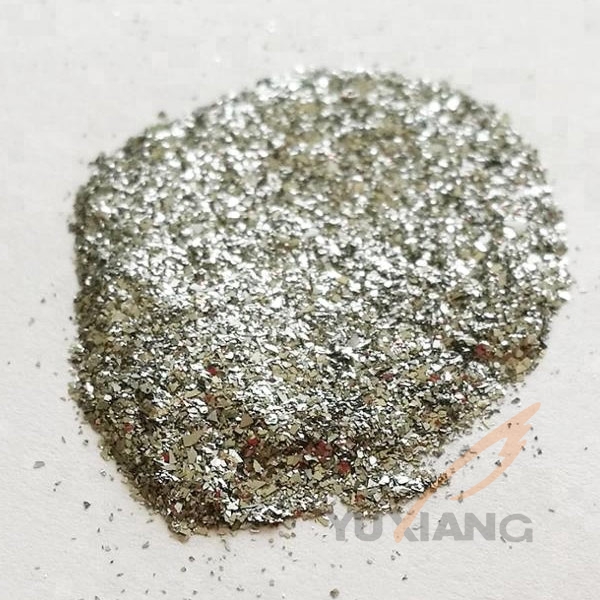

Yuxiang is specialized in producing melt-spun NdFeB permanent magnetic powder, we have a complete set of the most advanced equipment for producing, analyzing and testing melt-spun NdFeB powder. At present, such products range covers different kinds of magnetic powder. NdFeB powder is based upon Neodymium-iron-boron alloy compositions that are rapidly quenched from their molten state at high cooling rates, on the order of 1,000,000 degrees per second. Through rapid quenching a material that has a precise grain structure (typically 30-50 nanometer) is obtained. For the consequent grain size is smaller than the critical size for a single magnetic domain, the NdFeB powder material features with magnetically isotropy and isotropic in magnetic properties, which results in flat increasing of remanence and intrinsic coercivity with applied field. Magnet can only be magnetized to saturation in high fields. Unlike ultro-fine anisotropic NdFeB powder in the production application of sintered NdFeB magnets, our powder is stable against oxidation-forced demagnetization, thus suitable and ready for making bonded permanent magnets.
Magnet applications. For making isotropic bonded NdFeB magnets, which are manufactured by mixing NdFeB powder with polymer binder and then pressing (compression to form the required shape). The automobile industry, office automation, automotive. DC brush-type motors. multi-pole stepper and spindle motor applications. Magnetic paints, magnetic printable substrates, magnetic films, medical diagnostics and therapeutics, video tape, copy toners, fingerprinting, sensors, fuel injectors, permanent magnets, nano level fluid sealing, electric toys and magnetic curing products, etc.
| Grade | Br | Hcb | Hcj | (BH)max | Temp. Coeff. Of Br. To 100 | Temp. Coeff. Of Hcj. To 100 | ||||
|---|---|---|---|---|---|---|---|---|---|---|
| T | KGs | KA/m | KOe | KA/m | KOe | KJ/m3 | MGOe | %/℃ | %/℃ | |
| NQP-A | 0.74-0.80 | 7.40-8.00 | 440-496 | 5.50-6.20 | 1035-1360 | 13.0-17.0 | 80-96 | 10.0-12.0 | -0.13 | -0.40 |
| NQP-B | 0.74-0.83 | 7.40-8.30 | 320-520 | 4.00-6.50 | 560-800 | 7.0-10.0 | 64-108 | 8.0-13.5 | -0.105 | -0.40 |
| NQP-C | 0.74-0.81 | 7.40-8.10 | 440-504 | 5.50-6.30 | 1035-1360 | 13.0-17.0 | 80-96 | 10.0-12.0 | -0.07 | -0.40 |
| NQP-D | 0.74-0.83 | 7.40-8.30 | 440-520 | 5.50-6.50 | 640-800 | 8.0-10.0 | 92-108 | 11.5-13.5 | -0.07 | -0.40 |
| NQP-L | 0.85-1.10 | 8.50-11.0 | 192-280 | 2.40-3.50 | 240-400 | 3.0-5.0 | 56-76 | 7.0-9.5 | -0.048 | -0.35 |
| Grade | Curie Temp. | Working Temp.(Max.) | Density | Particle Size | Click the following link to check the demagnetization curve |
|---|---|---|---|---|---|
| ℃ | ℃ | g/cm3 | μm | ||
| NQP-A | 310 | 120 | 6.0 | 50-200 | NQP-A demagnetization curve |
| NQP-B | 390 | 120 | 6.0 | 50-200 | NQP-B demagnetization curve |
| NQP-C | 470 | 150 | 6.0 | 50-200 | NQP-C demagnetization curve |
| NQP-D | 470 | 150 | 6.0 | 50-200 | NQP-D demagnetization curve |
| NQP-L | 400 | 100 | 6.0 | 50-200 | NQP-L demagnetization curve |